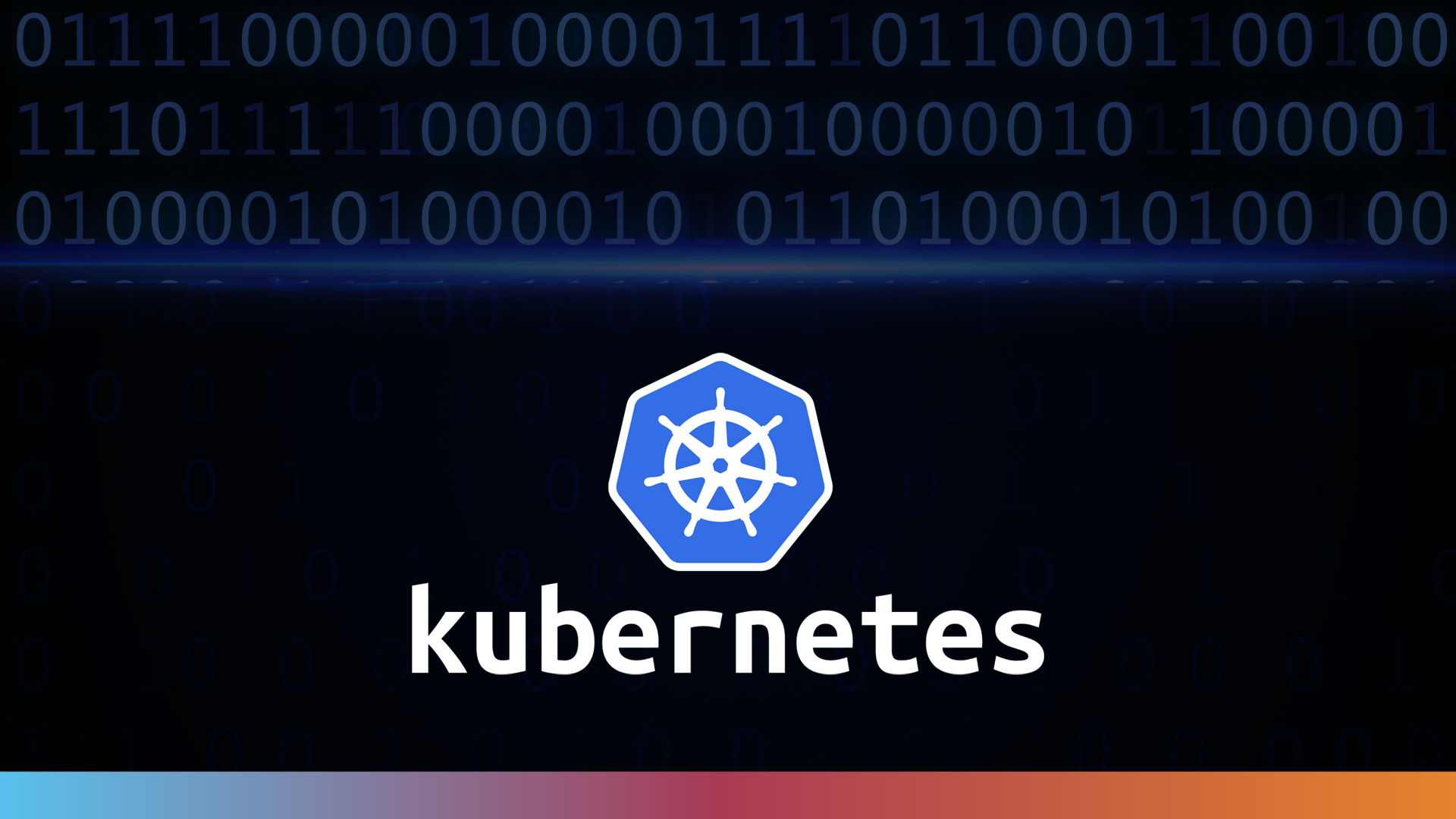We support leading insurance companies in their digital transformation, helping them adapt to an increasingly dynamic and demanding market.
Everything You Need to Know About Kubernetes

For quite some time, the term “Kubernetes” has been common in IT, but not everyone knows what it is or why it’s becoming so popular. Do you want to find out? What benefits can it offer? Well, don’t miss this post because we answer all your questions about this platform. Keep on reading!
What's Kubernetes?
The word Kubernetes (also known as k8s or “kube”) comes from Greek and means helmsman or pilot. Going into further detail, it’s an open‑source platform used to automate the deployment, scaling, and management of containerized applications.
|
Kubernetes groupz the containers that make up an application into logical units for easy managment |
Thus, this platform orchestrates computing, networking, and storage infrastructure on behalf of user workloads. This offers the simplicity of Platforms as a Service (PaaS) with the flexibility of Infrastructure as a Service (IaaS) and allows for portability between infrastructure providers.
This way, Kubernetes enables automation in application deployment and environment configuration in a declarative mode (imperative is focused on “how” and declarative is focused on “what”), which allows delivering and managing containerized applications, legacy applications, cloud-created applications, as well as those that have been redesigned with a microservices structure; as needed in several environments, which include the major private and public cloud providers, such as AWS, Google Cloud, IBM Cloud and Microsoft Azure.
Kubernetes was originally designed by Google, who used its experience of deploying applications in large-scale production for over 15 years as its basis, as well as the best community ideas and practices. Google donated the project to the Cloud Native Computing Foundation (CNCF) organization, which was created in 2015.
A Kubernetes environment is designed based on three principles:
- Security: it should follow the latest security best practices.
- User-Friendly: it should be operable with a few simple commands.
- Expandability: it should not favor a single vendor. It should also be customizable from a configuration file.
What are its components?
A running Kubernetes implementation is called a cluster. It has two basic logical components: the management environment itself or “Control Plane,” and the computing environment, where the applications or nodes are both deployed and run.
The basic elements of Kubernetes clusters are:
- Nodes: They perform the tasks assigned to them by the control plane, natively called “worker nodes.”
- Pod: The set of one or more containers on a single node. It’s the smallest and simplest object in Kubernetes. It represents a single instance of an application.
- Service: It enables communication between several components both inside and outside the application. Kubernetes services help connect applications with other applications or users.
- Kubernetes API: Programming interface used to interact with the Kubernetes cluster control plane. The server that receives calls through the interface determines whether a request is valid and is responsible for processing it.
- Container Execution Engine: each node has a running software that enables container operation.
- Kubectl: Command line interface used for managing a Kubernetes cluster.
- Kubelet: Agent that runs on each node in a cluster and communicates with the control plane. It makes sure that containers are running in a pod.
- Kubernetes Patterns: The design pattern for container-based applications and services. It describes a repeatable solution to a problem. Patterns are a way to reuse architectures without starting from scratch.
To take full advantage of the platform, it can be combined with other open-source projects and offer coordinated services, such as:
- Docker Registry to register containers.
- OpenvSwitch for networking and intelligent routing at the edge.
- Elastic, Hawkular or Kibana for telemetry.
- SELinux or LDAP for security.
What isn’t Kubernetes?
Kubernetes operates at the level of the container and not the hardware, so it’s not a standard Platform as a Service (PaaS), although some features offered are common.
It doesn’t deploy source code or compile your application. Continuous integration, delivery, and deployment (CI/CD) flows are determined by organizational culture and preference, and your technical requirements.
It doesn’t provide application layer services such as middleware (e.g., message buses), data processing frameworks (e.g., Spark), databases (e.g., MySQL), caches or storage systems (e.g., Ceph).
It doesn’t provide or require the use of a configuration system or language (like jsonnet) but instead provides a declarative API that can be used with any declarative specification form.
Kubernetes isn’t a mere orchestration system. In fact, Kubernetes eliminates the need for orchestration. Orchestration is defined as the execution of a defined workflow: do A, then B, then C. Kubernetes is composed of a set of independent and combinable control processes that move the current state towards the desired state. How you get from A to C shouldn’t matter too much. No centralized control is required and, as a result, the system is easier to use, more powerful, robust, resilient, and extensible.
What are the benefits of Kubernetes?
In addition to the benefits of using containers, which provide:
- Agile application creation and deployment.
- Continuous development, integration, and deployment.
- Separation of tasks between Dev and Ops.
- Observability.
- Consistency between development, trial, and production environments.
- Cloud and distribution portability (works on Ubuntu, RHEL, CoreOS, your physical datacenter, Google Kubernetes Engine, etc.).
- Application-centric management.
- Distributed, elastic and loosely-coupled microservices.
- Resource Isolation.
- Resource Utilization: Enables greater efficiency and density.
A deployment using Kubernetes offers:
- Technological resilience: since it allows you to define certain service applications so that they’re constantly available and, thus, if there’s any error or update, those services are always available.
- Upgrades or maintenance operations without service outages, since Kubernetes allows you to deploy a new pod and not delete the previous one until you verify that the update has been successful.
- Optimize machine use, since a Kubernetes cluster allows you to incorporate several services on the same machine, and to let Kubernetes take care of the distribution of services, if necessary.
- Elimination of downtime by defining constant execution of workloads so that applications are always available.

This is just a brief explanation of what Kubernetes is all about and some of its benefits for companies. Serban Group, We’re a technology integrator with 19+ years of experience helping organizations of all segments and sizes implement solutions that help their businesses to grow and be competitive in an ever-changing marketplace. To learn more about Kubernetes, contact us here and one of our specialists will get in touch with you within 24 hours for customized consulting.


